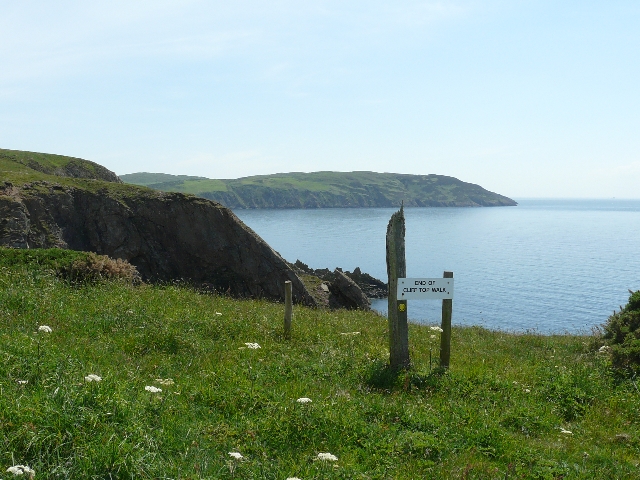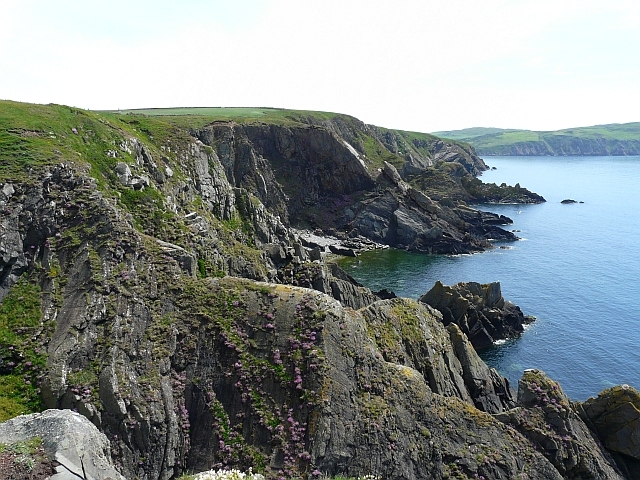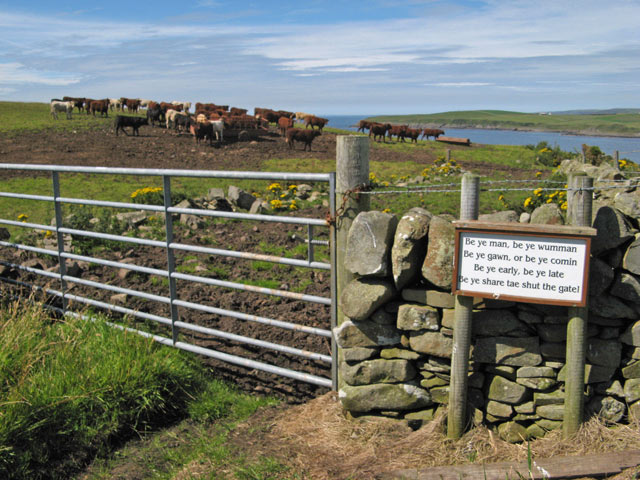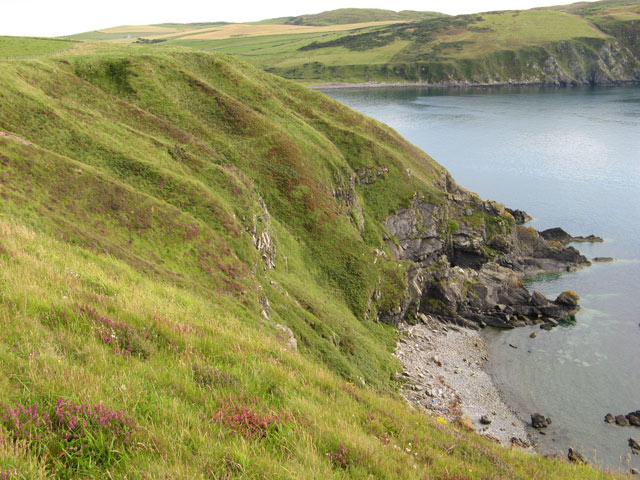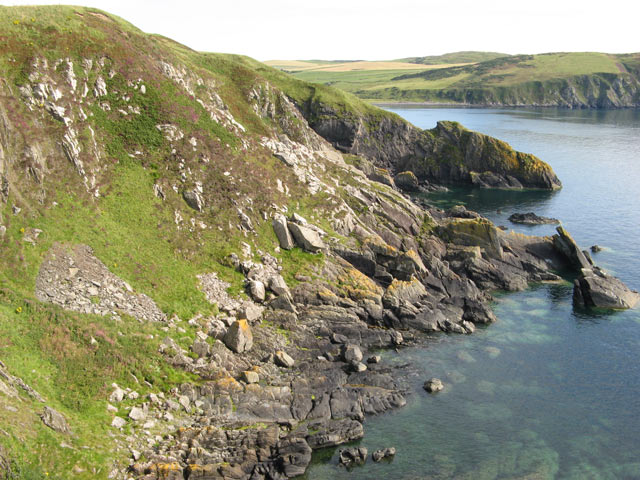Carlin Bed
Coastal Feature, Headland, Point in Wigtownshire
Scotland
Carlin Bed
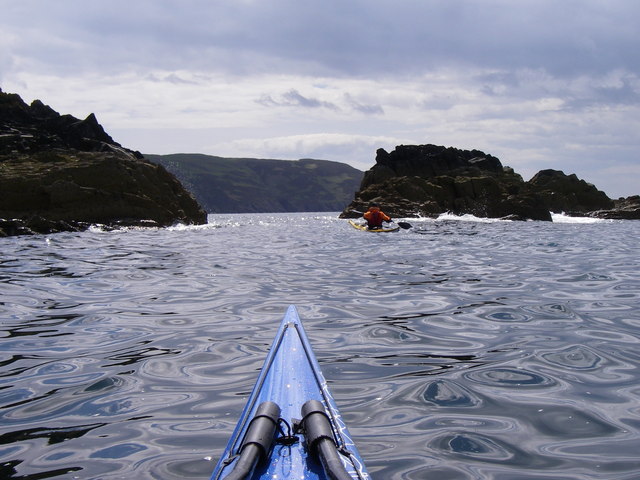
Carlin Bed is a prominent coastal feature located in Wigtownshire, Scotland. It is classified as a headland and point due to its unique geographical characteristics. Situated along the picturesque Scottish coastline, Carlin Bed is known for its rugged cliffs and breathtaking views of the surrounding sea.
The headland is formed by the erosion of sedimentary rocks over thousands of years, resulting in steep cliffs that jut out into the ocean. Carlin Bed is primarily composed of sandstone and shale, which give it its distinctive reddish-brown hue.
At the highest point of Carlin Bed, visitors can enjoy panoramic vistas of the sea and the nearby coastline. On clear days, it is even possible to spot distant islands such as the Isle of Man and the Mull of Galloway.
The headland is also home to a diverse range of wildlife. Seabirds, such as gulls and kittiwakes, can often be seen nesting on the cliffs. The surrounding waters are inhabited by various marine creatures, including seals and dolphins, providing ample opportunities for wildlife enthusiasts to observe and appreciate nature in its purest form.
Carlin Bed is a popular destination for outdoor enthusiasts and nature lovers. The headland offers numerous walking trails that allow visitors to explore its rugged terrain and immerse themselves in its natural beauty. Additionally, the area is a haven for rock climbers, who are drawn to the challenging cliffs that provide an adrenaline-filled experience.
Overall, Carlin Bed is a captivating coastal feature that offers both stunning natural landscapes and a diverse array of wildlife. Its unique geological formations and enchanting vistas make it a must-visit destination for those seeking an authentic Scottish coastal experience.
If you have any feedback on the listing, please let us know in the comments section below.
Carlin Bed Images
Images are sourced within 2km of 54.717238/-4.9650843 or Grid Reference NX0939. Thanks to Geograph Open Source API. All images are credited.
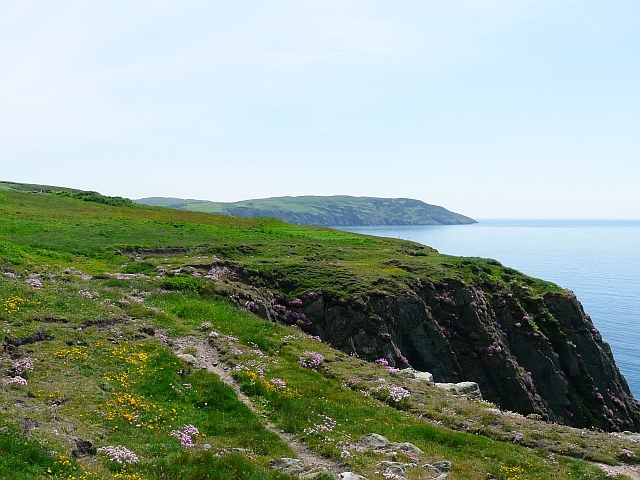
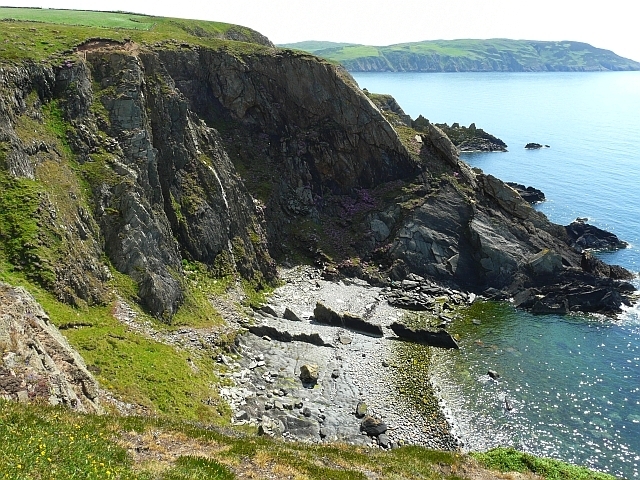
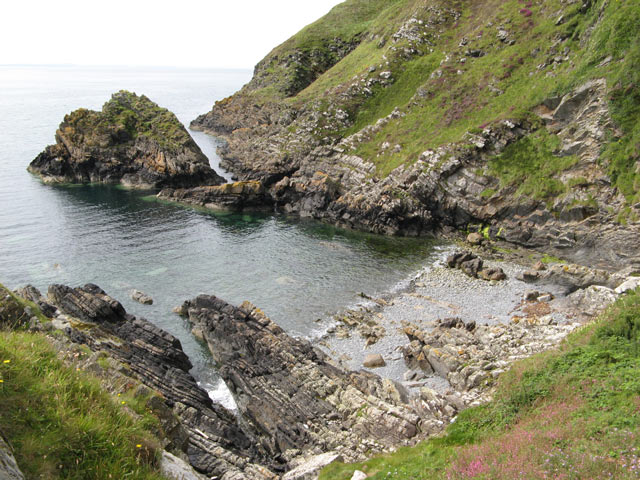

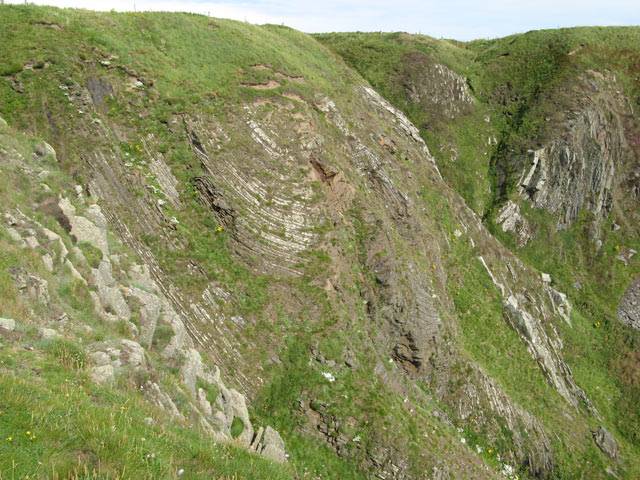
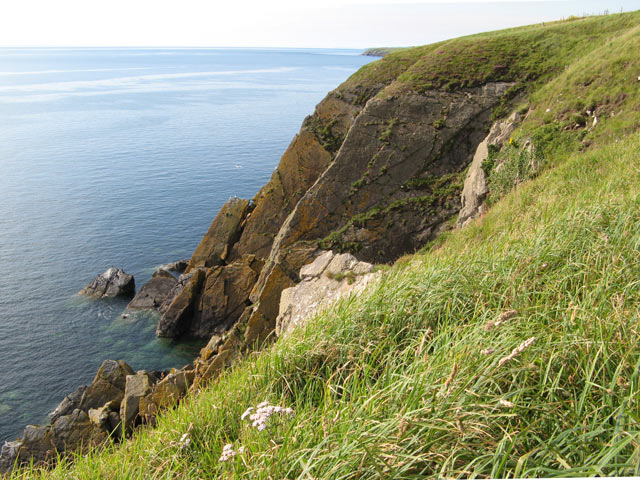
Carlin Bed is located at Grid Ref: NX0939 (Lat: 54.717238, Lng: -4.9650843)
Unitary Authority: Dumfries and Galloway
Police Authority: Dumfries and Galloway
What 3 Words
///sidelined.sizing.agrees. Near Drummore, Dumfries & Galloway
Nearby Locations
Related Wikis
Port Logan
Port Logan, formerly Port Nessock, is a small village in the parish of Kirkmaiden in the Rhins of Galloway in Wigtownshire. The Gaelic name is Port Neasaig...
Logan Botanic Garden
Logan Botanic Garden is a botanical garden near Port Logan on the Rhins of Galloway, at the south-western tip of Scotland. The Botanic Garden was established...
Kirkmaiden
Kirkmaiden is a parish in the Rhins of Galloway, the most southerly in Scotland; the present Church of Scotland parish has the same name as and is approximately...
Kirkmaiden (village)
Kirkmaiden (sometimes Maidenkirk; Scottish Gaelic: Cill M'Eudan) is a small settlement in Galloway, Scotland, located approximately 17 miles (27 km) south...
Nearby Amenities
Located within 500m of 54.717238,-4.9650843Have you been to Carlin Bed?
Leave your review of Carlin Bed below (or comments, questions and feedback).
